In today’s environmentally conscious world, finding sustainable alternatives to single-use plastics is crucial. Compostable bowls have emerged as a practical solution for eco-conscious dining, offering a sustainable way to enjoy meals without harming the planet.
What are Compostable Bowls?
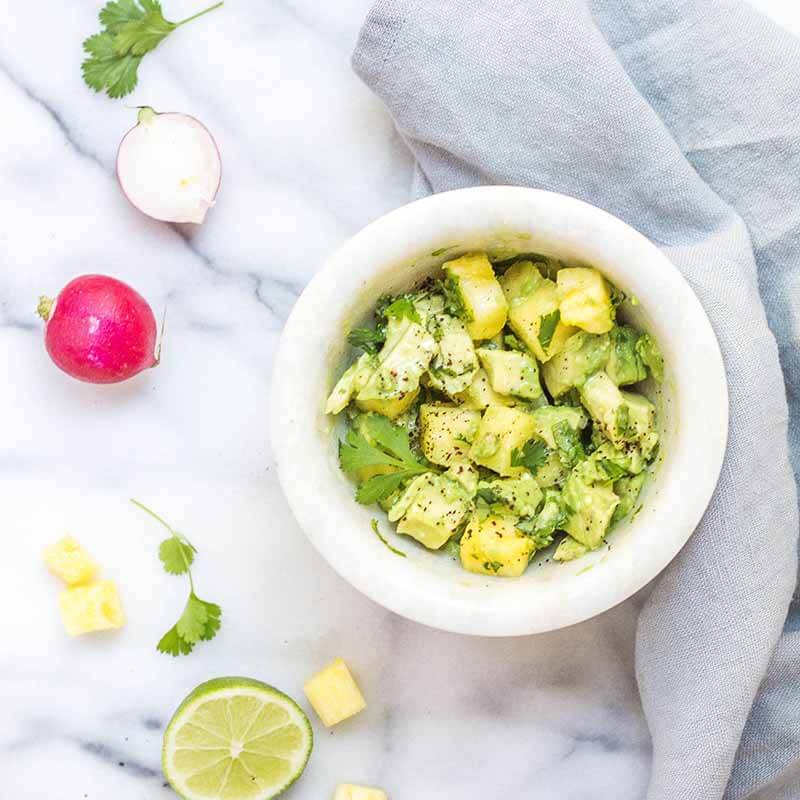
Compostable bowls are designed to break down into organic matter when subjected to specific composting conditions. Unlike traditional disposable bowls, they provide an eco-friendly option for foodservice establishments and individuals looking to reduce plastic waste.
Compostable bowls are crafted from renewable materials like sugarcane bagasse, wheat straw, bamboo, or palm leaf. These materials are not only sustainable but also exhibit properties that make them suitable for food packaging.
Choosing the Right Compostable Material
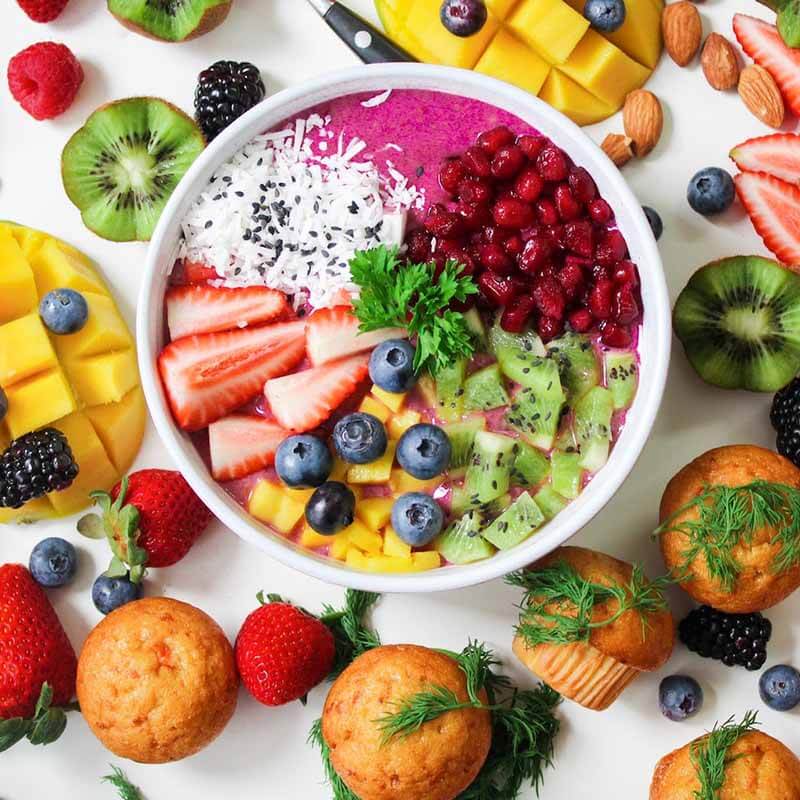
Selecting the right compostable material for your bowls depends on various factors. Sugarcane bagasse is a popular choice due to its durability, heat resistance, and availability. Wheat straw offers similar benefits and is a byproduct of the wheat harvesting process, making it a sustainable option. Bamboo bowls are known for their strength and elegance, while palm leaf bowls offer a unique, natural aesthetic.
Consider the specific needs of your foodservice establishment when choosing the ideal compostable material. Evaluate factors like durability, heat resistance, cost, and availability to make an informed decision.
Environmental Benefits of Using Compostable Bowls Compared to Traditional Plastic or Styrofoam Options:
| Environmental Impact | Compostable Bowls | Traditional Plastic/Styrofoam Bowls |
| Carbon Footprint | Lower carbon footprint due to renewable materials and reduced fossil fuel reliance. | Higher carbon emissions from petroleum-based materials and reliance on non-renewable resources. |
| Landfill Waste | Can be composted, reducing waste sent to landfills. | Not biodegradable, leading to long-term accumulation in landfills and environmental pollution. |
| Soil Health | Composting enriches soil with nutrients and organic matter. | Do not biodegrade or contribute to soil health, potentially degrading soil quality. |
| Resource Consumption | Made from renewable resources, reducing demand for non-renewable resources. | Made from fossil fuels, contributing to resource depletion. |
| Pollution | Break down without releasing harmful chemicals or microplastics. | Can contribute to plastic pollution when not properly disposed of. |
| Energy Efficiency | Requires less energy during production. | Involves energy-intensive manufacturing processes. |
| End-of-Life Options | Composting returns nutrients to the soil, can be incinerated with minimal environmental impact. | Limited options, often end up in landfills or contribute to pollution when incinerated. |
Discuss the Cost-Effectiveness of Using Compostable Bowls
| Cost Considerations | Compostable Bowls | Traditional Plastic/Styrofoam Bowls |
| Upfront Costs | Compostable bowls may have a slightly higher upfront cost due to the production of sustainable materials and certifications. | Traditional plastic and Styrofoam bowls generally have lower upfront costs due to the abundance and affordability of petroleum-based materials. |
| Waste Management | Compostable bowls can lead to potential savings on waste management fees. By diverting compostable waste from landfills, businesses may reduce the volume of waste requiring disposal and associated costs. | Traditional plastic and Styrofoam bowls contribute to landfill waste, leading to potential waste management fees for businesses based on the quantity and type of waste generated. |
| Landfill Fees | Compostable bowls, when composted correctly, can significantly reduce or eliminate landfill fees. Proper composting ensures that compostable waste is diverted from landfills, reducing associated disposal costs. | Traditional plastic and Styrofoam bowls contribute to landfill waste, which may result in landfill fees imposed by local authorities or waste management facilities. |
| Cost Savings | Over the long term, businesses using compostable bowls may experience cost savings due to reduced waste management fees and landfill charges. These savings can offset the initial higher cost of compostable bowl adoption. | Traditional plastic and Styrofoam bowls may have lower upfront costs but can result in ongoing expenses related to waste management and landfill fees. |
Compostable Bowl Applications and Uses
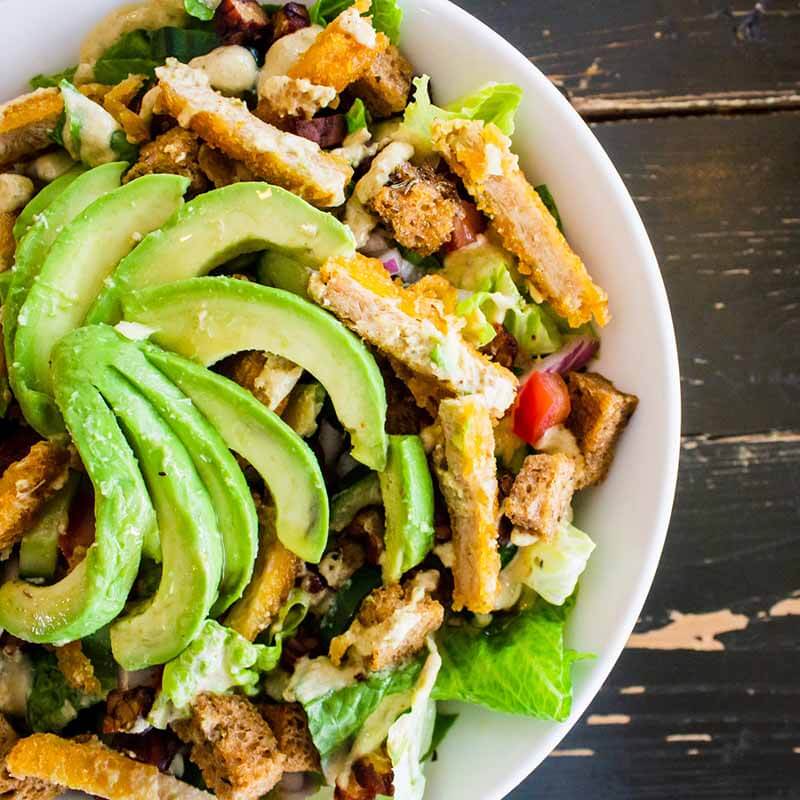
Compostable bowls are versatile and can be used in a range of dining settings. From restaurants and cafes to food trucks and catering services, these bowls offer a practical and eco-friendly alternative to traditional disposable options.
Their sturdiness and heat resistance make them suitable for a wide variety of food types, including hot soups, salads, and even desserts. Their aesthetic appeal also enhances the dining experience for customers, aligning sustainability with visual appeal.
Customization and Branding:
| Customization and Branding | Compostable Bowls |
| Brand Identity | Compostable bowls offer opportunities for customization that align with the brand identity of foodservice establishments. |
| Custom Printing | Compostable bowls can be custom printed with branding elements, such as logos, slogans, or designs, to enhance brand visibility and recognition. |
| Marketing Advantage | Using compostable bowls as a sustainable and eco-friendly choice can provide significant marketing and branding advantages. |
| Environmental Messaging | Customized compostable bowls allow businesses to convey their commitment to sustainability, engaging eco-conscious consumers who value environmentally responsible practices. |
| Positive Brand Association | By using compostable bowls, businesses can create a positive brand association, positioning themselves as socially and environmentally responsible in the eyes of their customers. |
Proper Handling and Disposal of Compostable Bowls
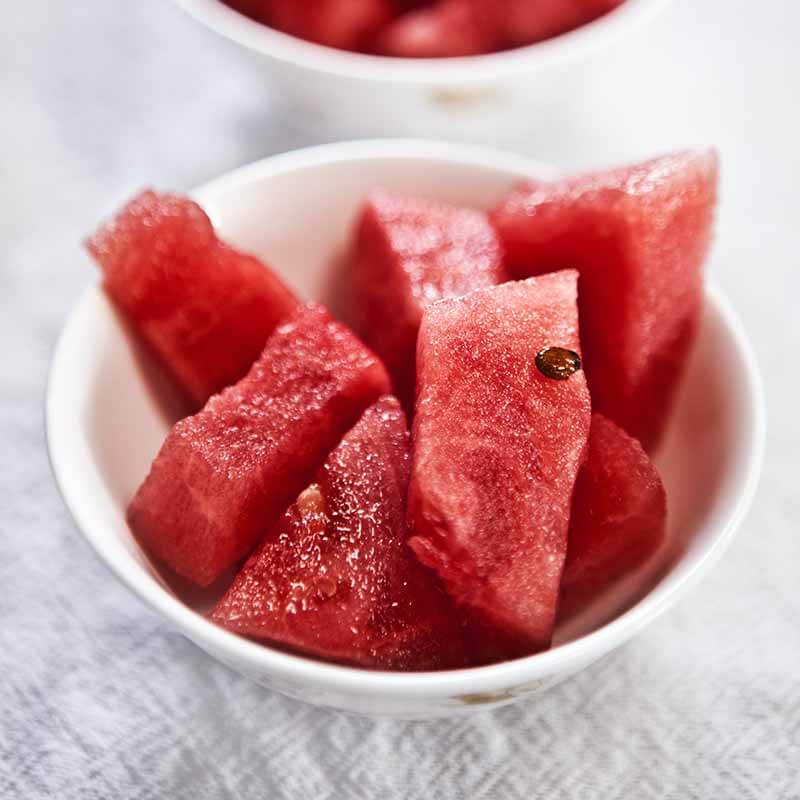
To ensure the effectiveness of compostable bowls, proper handling and disposal are crucial. Store the bowls in a cool, dry place to maintain their integrity and prevent moisture absorption. Educate staff and customers about the importance of separating compostable items from other waste streams, emphasizing the distinction between compostable and recyclable items.
Identify local composting facilities or services that can accept the compostable bowls. By following proper disposal practices, you can contribute to the creation of nutrient-rich soil and the reduction of waste sent to landfills.
Step-by-Step Guide on How to Properly Compost Compostable Bowls

1. Choose the right compostable bowls:
Ensure that the bowls you use are certified as compostable and made from suitable materials such as sugarcane bagasse, wheat straw, bamboo, or palm leaf. Look for compostable certifications like BPI (Biodegradable Products Institute) or ASTM D6400 to ensure they meet industry standards.
2. Collect compostable bowls:
Gather used compostable bowls separately from other waste. Discard any food remnants or non-compostable items before composting.
3. Set up a composting system:
Backyard Composting: If you have a backyard, create a compost pile or use a compost bin. Choose a dry and shady location that allows for proper airflow.
Indoor Composting: If you don’t have outdoor space, consider indoor composting methods such as vermicomposting (using worms) or bokashi composting (using fermentation). Follow the specific guidelines for these methods.
4. Prepare your compost pile or bin:
Layering: Start with a layer of dry organic materials like leaves, straw, or shredded paper to create a base.
Add compostable bowls: Place the compostable bowls on top of the base layer, ensuring they are spread out evenly.
Cover with organic matter: Add additional layers of organic materials like kitchen scraps, yard waste, or wood chips. Alternate between dry and wet materials to maintain moisture balance.
5. Maintain composting conditions:
Moisture: Keep the compost pile moist, like a damp sponge, by watering it occasionally. Avoid excessive dryness or waterlogging.
Aeration: Turn or mix the compost pile regularly to provide oxygen for decomposition. This helps prevent odor and promotes breakdown.
Temperature: Compost piles generate heat naturally during decomposition. Aim for a temperature range of 120-160°F (49-71°C) for faster breakdown.
6. Composting timeline:
Compostable bowls generally take several months to fully decompose. The exact timeline depends on factors such as the composting method, ingredients used, and environmental conditions. Typically, compostable bowls will break down within 3 to 6 months under ideal conditions.
7. Tips for home composting:
- Chop or break down larger compostable bowls into smaller pieces to speed up decomposition.
- Maintain a proper balance of carbon-rich (browns) and nitrogen-rich (greens) materials for optimal composting.
- Monitor the moisture levels regularly and adjust as needed to keep the compost pile moist but not waterlogged.
- Avoid composting oils, meats, dairy products, or other non-compostable items, as they can attract pests or slow down the composting process.
8. Commercial composting facilities:
If home composting is not feasible, check for local commercial composting facilities. These facilities accept compostable materials, including compostable bowls, and provide an efficient and controlled environment for composting on a larger scale.
Compostable Bowls: Addressing Common Concerns
Some individuals may have concerns about the durability or heat resistance of compostable bowls. However, high-quality compostable bowls are designed to withstand the demands of everyday use, including hot liquids like soup. It’s essential to select bowls that are specifically labeled as heat-resistant and suitable for hot foods. Consider using insulating sleeves or double-cupping techniques for added protection when serving hot liquids.
Embracing compostable bowls is a practical step towards sustainable dining practices. By choosing eco-friendly alternatives like compostable bowls, you can significantly reduce plastic waste and contribute to a greener future. Take action today and incorporate these practical and valuable solutions into your foodservice operations or daily life.
Study more research on the compostable bowls made of bagasse pulp, you can see more details on Frontiers.
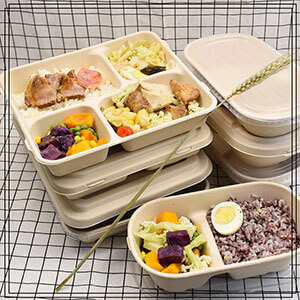
John Q
John Q is Eco March’s Product Manager. With 5 years of prior experience in the food industry after graduating from university, he has been an integral part of Eco March. He excels in creating and developing eco-friendly food packaging products with a keen focus on enhancing the consumer experience.


